Home / Albums / Religion / Places of Worship 27

 Plan of an ancient church
Plan of an ancient church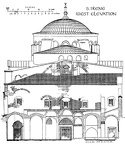 S Irene - West Elevation
S Irene - West Elevation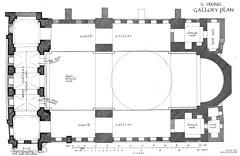 S Irene Gallery Plan
S Irene Gallery Plan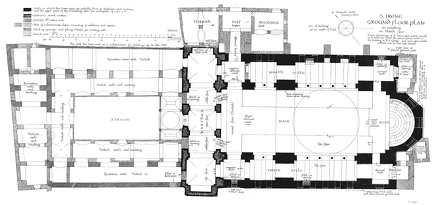 S. Irene Ground Floor plan
S. Irene Ground Floor plan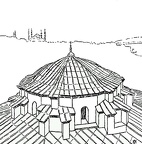 View of the Exterior of the Dome of SS. Sergius and Bacchus
View of the Exterior of the Dome of SS. Sergius and Bacchus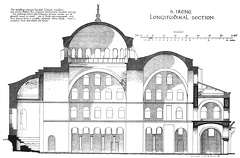 S Irene - Longitudinal Section
S Irene - Longitudinal Section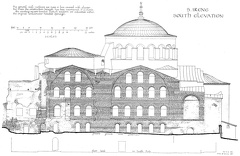 S Irene - South Elevation
S Irene - South Elevation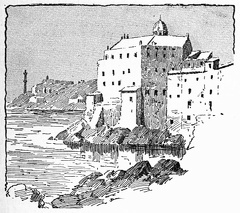 Church of St. Tommaso, Genoa
Church of St. Tommaso, Genoa Corner of Church of San Giovanni, Venice
Corner of Church of San Giovanni, Venice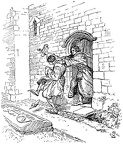 ‘... thrust him out of the church’
‘... thrust him out of the church’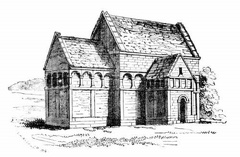 Saxon Church at Bradford-on-Avon, Wilts
Saxon Church at Bradford-on-Avon, Wilts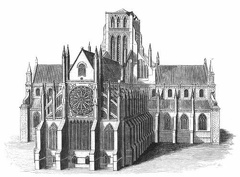 Old St. Paul's, from the East
Old St. Paul's, from the East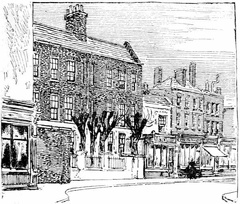 House in Stoke Newington in which Edgar Allan Poe Lived
House in Stoke Newington in which Edgar Allan Poe Lived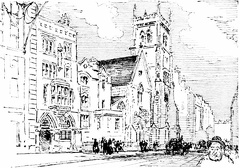 Toynbee Hall and St. Jude’s Church
Toynbee Hall and St. Jude’s Church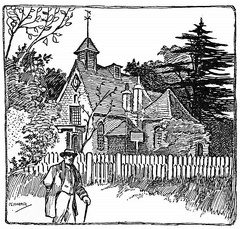 Esher Old Church
Esher Old Church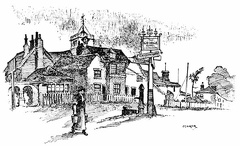 The George Hotel, Ruislip
The George Hotel, Ruislip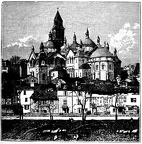 A domed church
A domed church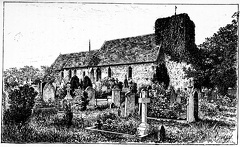 The Saint-Martin church, in Canterbury, founded by Saint Augustin
The Saint-Martin church, in Canterbury, founded by Saint Augustin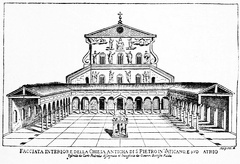 Interior facade of the old St. Peter's Church in the Vatican
Interior facade of the old St. Peter's Church in the Vatican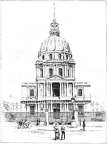 The Church Of The Hotel Des Invalides
The Church Of The Hotel Des Invalides The Sarcophagus; The Tomb Of Napoleon Bonaparte In The Church Of The Hotel Des Invalides
The Sarcophagus; The Tomb Of Napoleon Bonaparte In The Church Of The Hotel Des Invalides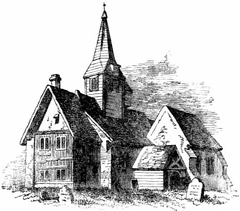 Laindon Church, Essex
Laindon Church, Essex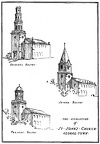 St. John's Church
St. John's Church The Church of St Etienne at Murray Bay
The Church of St Etienne at Murray Bay The Old South Church, Boston
The Old South Church, Boston The Old North Church
The Old North Church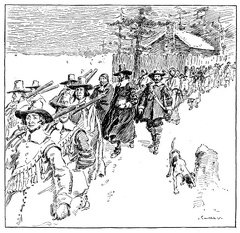 Pilgrims Returning from Church
Pilgrims Returning from Church



